- Overview
- Trip Outline
- Trip Includes
- Trip Excludes
- Gallery
- Reviews
- FAQ
Embark on a thrilling 7-day journey to Namche Bazaar, nestled in the heart of the Himalayas.
This trip is the perfect escape for those seeking to unwind and soak in the breathtaking views of the mountain ranges.
Immerse yourself in the rich culture of the Sherpa people and explore the vibrant local market.
Trek through lush forests, cross suspension bridges over roaring rivers, and marvel at the stunning sunrise over Mount Everest.
This adventure is not only a chance to relax but also an opportunity to challenge yourself physically and mentally.
Join us on this unforgettable journey and create memories that will last a lifetime.
Embark on a thrilling adventure from Kathmandu to Namche Bazaar with a fly-in, fly-out option. Take a scenic flight to Lukla and trek to Phakding, enjoying picturesque landscapes.
Continue the journey to Namche Bazaar, a vibrant Sherpa town, and gateway to Everest. Explore the local market and acclimatize with a rest day—Trek to Tengboche, home to a renowned monastery, before returning to Namche Bazaar.
Conclude the trip with a scenic flight back to Kathmandu, filled with unforgettable memories of the Himalayas.
Itineraries
Day 1
Fly from Kathmandu to Lukla, trek to Phakding (2,652m/8,700ft)
Flight duration: 30 minutes
Trekking duration: 3-4 hours
Trekking distance: 8km
Highlights: Scenic flight, crossing suspension bridges over the Dudh Koshi river, and staying in a teahouse in Phakding.
Day 2
Trek from Phakding to Namche Bazaar (3,440m/11,286ft)
Trekking duration: 5-6 hours
Trekking distance: 11km
Highlights: Entering the Sagarmatha National Park, passing through several Sherpa villages, and reaching Namche Bazaar, the gateway to the Everest region.
Day 3
Rest day in Namche Bazaar for acclimatization
Highlights: Exploring the vibrant market town of Namche Bazaar, visiting the Sherpa Culture Museum, and taking a short hike to the nearby villages for acclimatization.
Day 4
Trek from Namche Bazaar to Tengboche (3,870m/12,694ft)
Trekking duration: 5-6 hours
Trekking distance: 10km
Highlights: Visiting the Tengboche Monastery, one of the largest and most important monasteries in the region, and enjoying panoramic views of Everest, Lhotse, Nuptse, and Ama Dablam.
Day 5
Trek from Tengboche to Namche Bazaar
Descend through forests and charming Sherpa villages, retracing your steps back to Namche Bazaar.
Day 6
Trek to Lukla
The trek from Namche Bazar to Lukla offers stunning views of the Himalayas and takes you through charming villages. Despite its challenges, the journey is highly recommended for outdoor enthusiasts.
Day 7
Fly to Kathmandu
The flight from Lukla to Kathmandu is a scenic and thrilling experience, offering stunning views of the Himalayan mountains.
- All (international and domestic) airport transfers on a tourist vehicle.
-
Twin-sharing guesthouse accommodation during the trek in the Namche
- All your standard meals during the trek (Breakfast, Lunch, and Dinner), including one hot drink and seasonal fruits
- Experienced, first-aid trained, government licensed, English-speaking Travel Makers South Asia's trekking guide
- Permits for Sagarmatha/Everest National Park and Sherpa Permit
- Porters during the trek for carrying luggage (1 porter for every two clients)
- Wages, accommodation, meals, gear, insurance, and medications for all staff
- Round-trip airfare between Kathmandu/Manthali and Lukla
- A farewell dinner on the last night in Nepal
- All administrative expenses and government taxes
- Meals (lunch and dinner) in Kathmandu
- International flight fare and airport departure tax
- Any beverages, including bottled and boiled water
- Travel insurance along with high-altitude emergency evacuation coverage
- Tips to trekking staff and driver
- Nepal Entry Visa (Visa can be acquired easily after you arrive at Tribhuvan International Airport in Kathmandu with a fee of USD 50 for 30 days visa and USD 125 for 90 days visa)
- Personal Trekking gear and equipment
- Any expenses other than the Price Include section
The best time for the Everest Base Camp Trek is during the pre-monsoon (spring) season (March to May) and the post-monsoon (autumn) season (September to November). These months offer stable weather conditions, clear skies, and favorable trekking conditions.
The Everest Base Camp Trek typically takes around 12-14 days, including acclimatization days. This allows for a gradual ascent and reduces the risk of altitude sickness.
Altitude sickness, also known as acute mountain sickness (AMS), can occur when ascending to high altitudes too quickly. To prevent AMS, it's important to acclimatize properly by taking rest days, staying hydrated, and ascending gradually. If symptoms worsen, descending to a lower altitude is crucial.
Teahouses or guesthouses are the primary accommodations along the Everest Base Camp Trek. These are basic but comfortable lodges that provide meals and a place to sleep. Facilities may vary, but most teahouses offer twin-sharing rooms with common bathrooms.
You need a Sagarmatha National Park Entry Permit and a Khumbu Pasang Lhamu Rural Municipality Entry Permit. These two permits are mandatory for trekking in the Everest region.
There is no specific age restriction for the Everest Base Camp Trek. However, it's important to consider the physical fitness and endurance of individuals, especially at higher altitudes. Consulting with a healthcare professional is advisable for older or younger trekkers.
Prior trekking experience is not mandatory, but it is recommended. Being physically fit, having experience hiking in varied terrains, and being mentally prepared for the challenges of high-altitude trekking will greatly enhance your experience.
A good level of cardiovascular fitness and stamina is required for the Everest Base Camp Trek. Regular exercise, including cardiovascular workouts and hiking practice, can help prepare your body for the physical demands of the trek.
There are medical clinics and basic emergency facilities available in some villages along the trail. However, it is highly recommended to carry a basic first aid kit and consult with a travel medical professional for personalized advice.
Yes, most teahouses offer charging facilities for a fee. However, the availability of electricity can be limited in some areas, and charging might not be available every day. Carrying spare batteries or a power bank is advisable.
Weather conditions in the Everest region can vary greatly. In the spring and autumn seasons, you can expect mild temperatures during the day, with colder nights at higher altitudes. However, weather conditions can change rapidly, and it's important to be prepared for colder temperatures and occasional rainfall or snowfall.
Yes, there are communication facilities available along the Everest Base Camp trail. Most teahouses have Wi-Fi services, but they may charge a fee for usage. However, the connectivity and speed can be limited, especially at higher altitudes. It's advisable to inform your loved ones that communication may be intermittent during the trek.
Yes, it is possible to hire a guide and porter for the Everest Base Camp Trek. Hiring a guide can provide assistance with navigation, cultural insights, and safety, while a porter can carry your heavy backpack, allowing you to trek with less weight. Hiring them can enhance your trekking experience and support the local community.
The major highlights of the Everest Base Camp Trek include breathtaking views of Mount Everest and other majestic peaks, visiting traditional Sherpa villages, immersing in the Sherpa culture, exploring Buddhist monasteries like Tengboche, trekking through the beautiful Sagarmatha National Park, and standing at Everest Base Camp itself.
Both options are possible. It is feasible to trek independently to Everest Base Camp if you have prior trekking experience, good navigational skills, and are well-prepared. However, joining a guided group trek provides numerous benefits, including a support network, experienced guides, organized logistics, and the opportunity to meet fellow trekkers.
Yes, there are alternative routes and side trips that can be incorporated into the Everest Base Camp Trek. Popular options include adding a trek to Gokyo Lakes, visiting the Everest View Hotel, or taking a detour to the beautiful village of Khumjung. These additions provide additional scenic views and cultural experiences.
Some essential items to pack for the Everest Base Camp Trek include trekking boots, warm clothing layers, a good-quality sleeping bag, a waterproof jacket, gloves, a hat, sunglasses, sunscreen, a water bottle, a headlamp, toiletries, and a first aid kit. It's important to pack light but adequately for changing weather conditions.
The budget for the Everest Base Camp Trek depends on various factors such as the season, accommodation choices, and personal expenses. On average, a budget of around $1,500 to $2,500 USD per person is reasonable to cover permits, food, accommodations, guides/porters (if hired), and miscellaneous expenses.
Respecting the local culture and customs is important during the Everest Base Camp Trek. Some key etiquettes include greeting locals with "Namaste," asking permission before taking photographs, dressing modestly, and respecting religious sites and objects. It's also advisable to follow the guidance of your guide regarding local customs and practices.
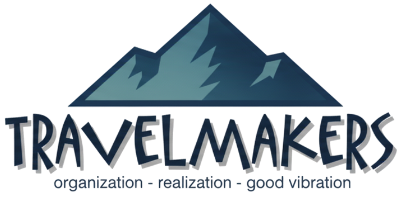
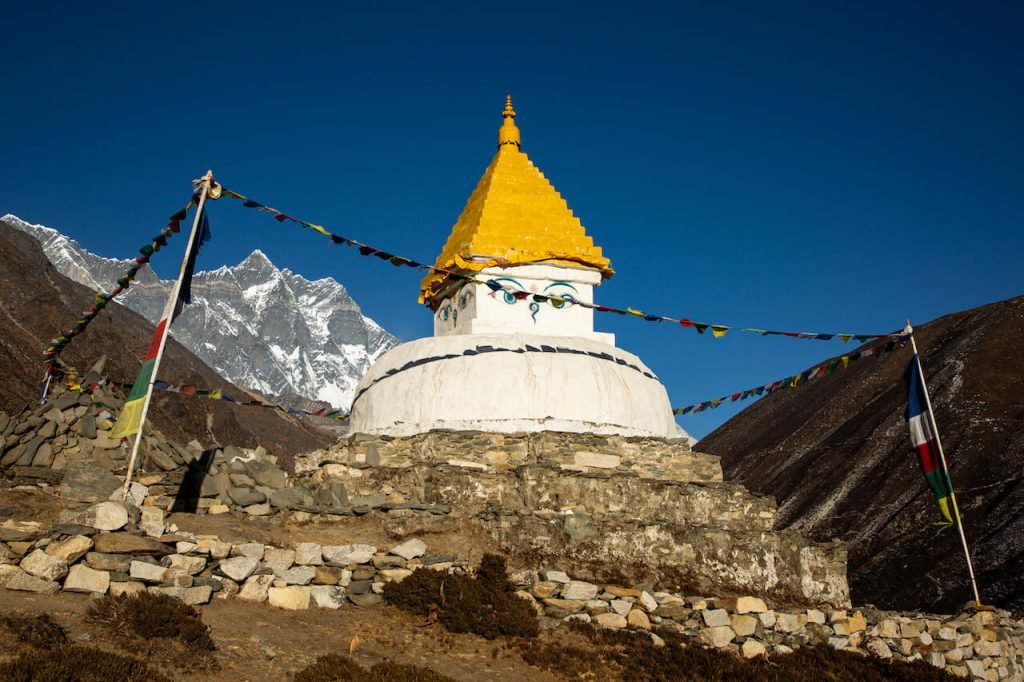


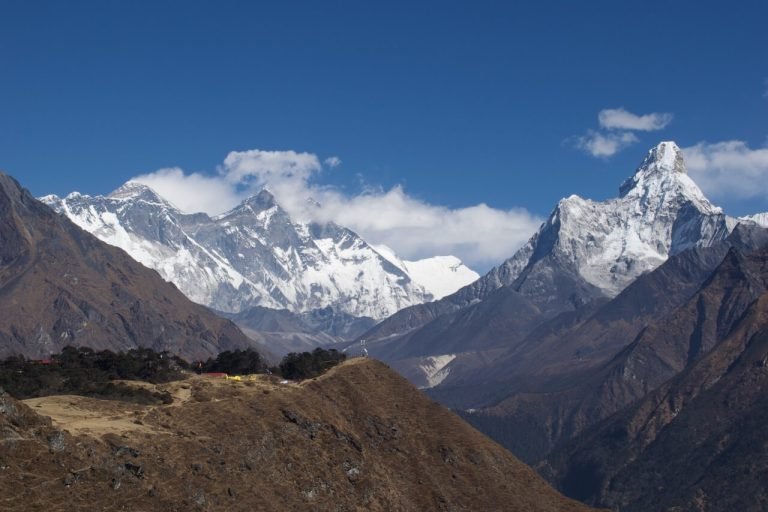




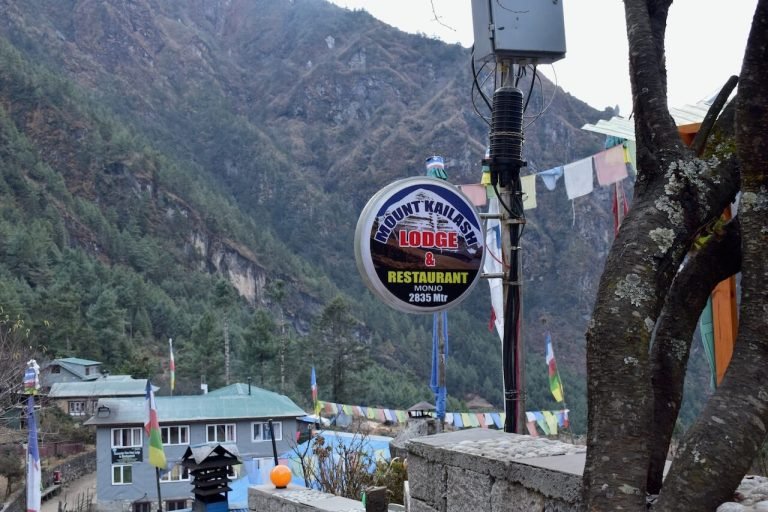
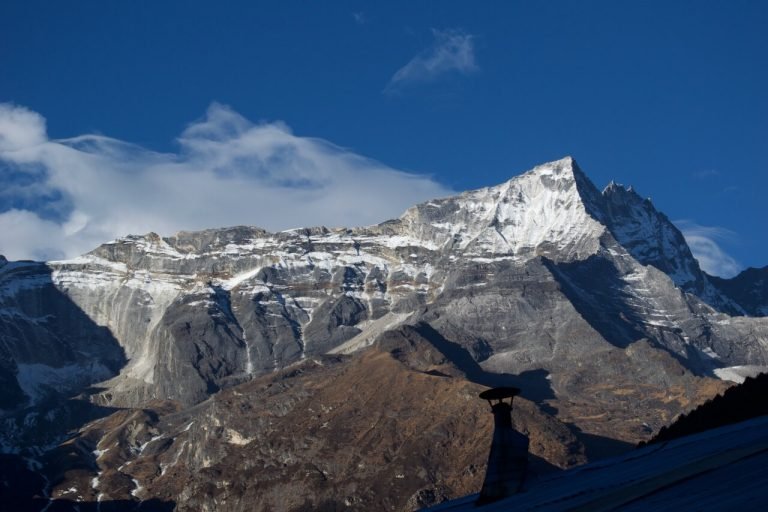
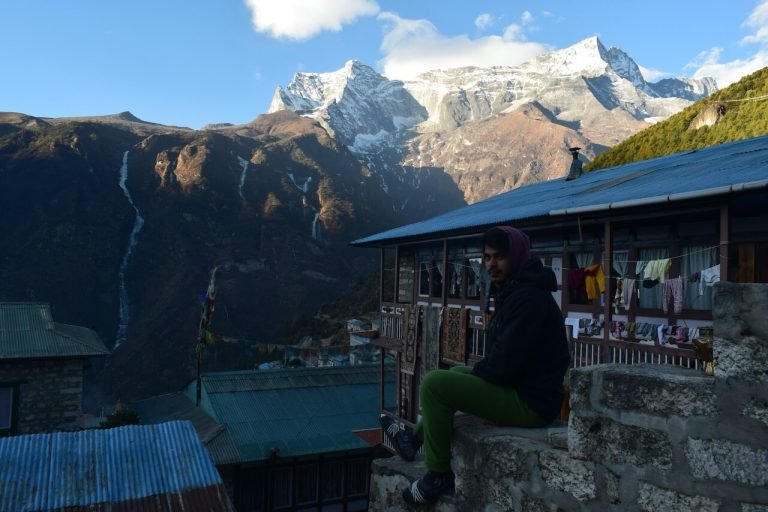




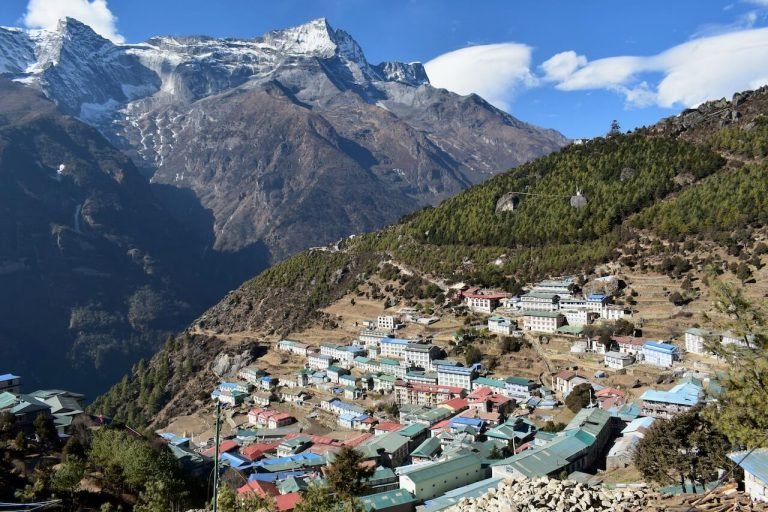


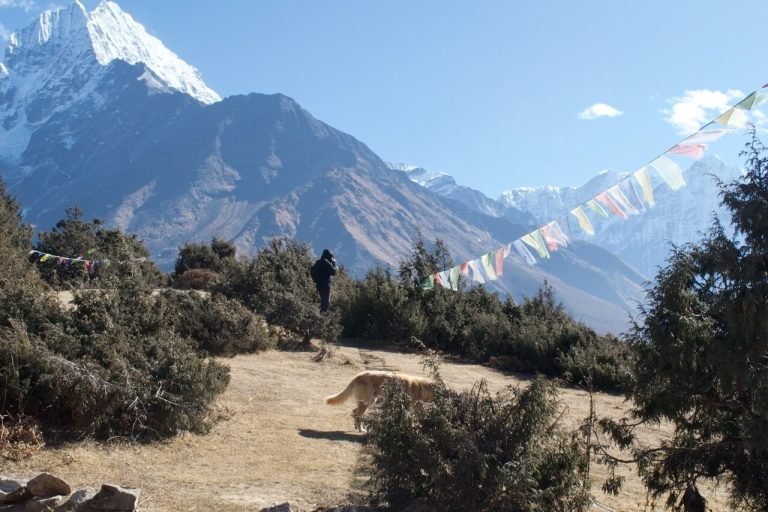
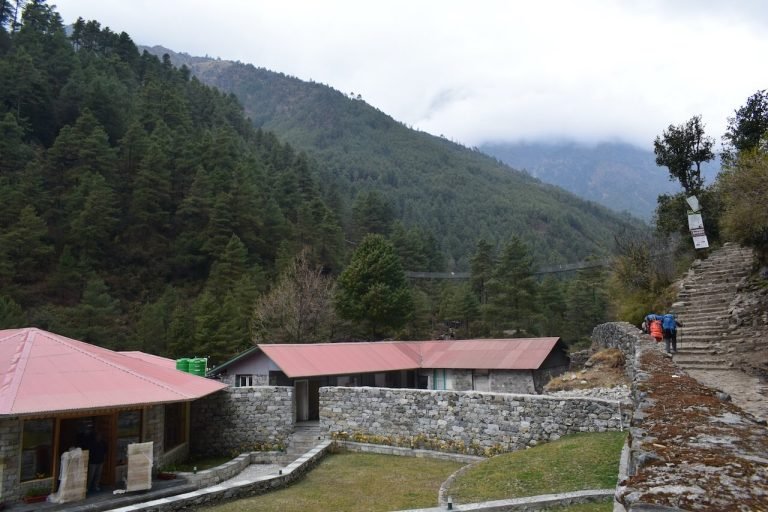
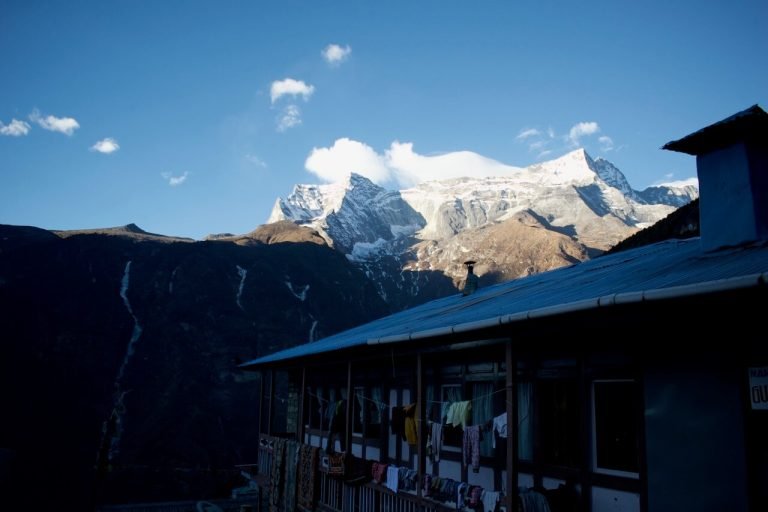
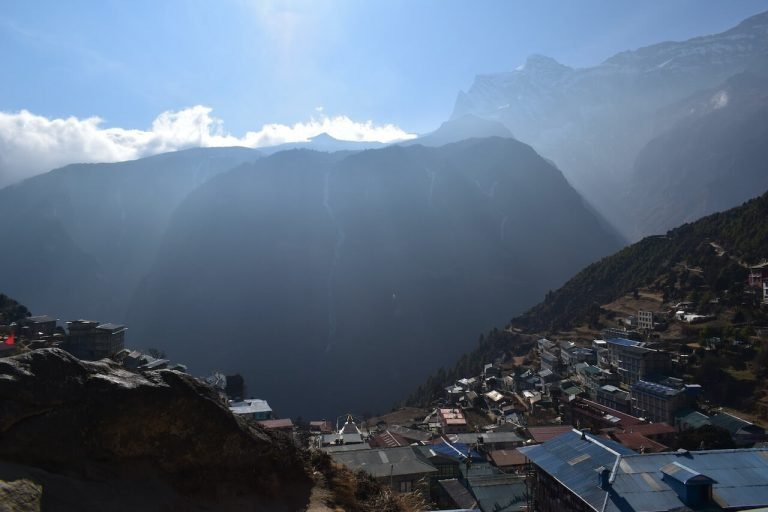
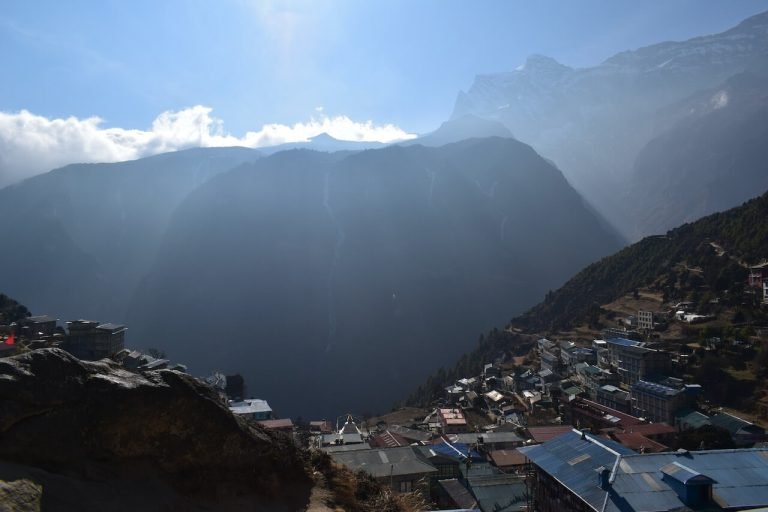

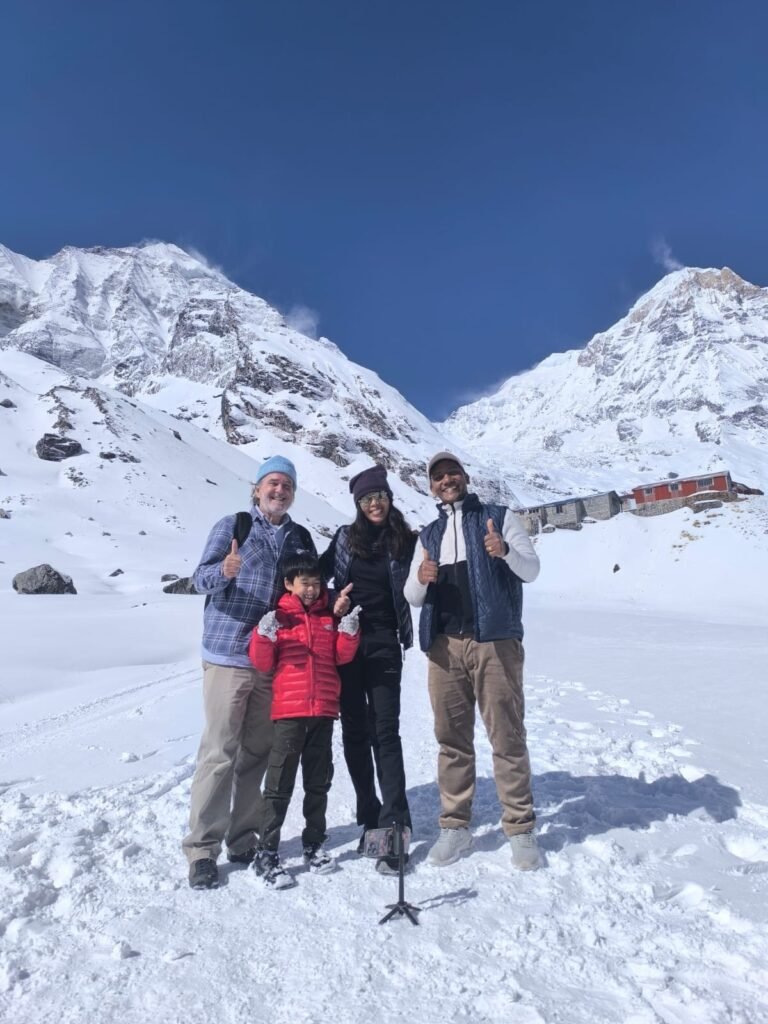
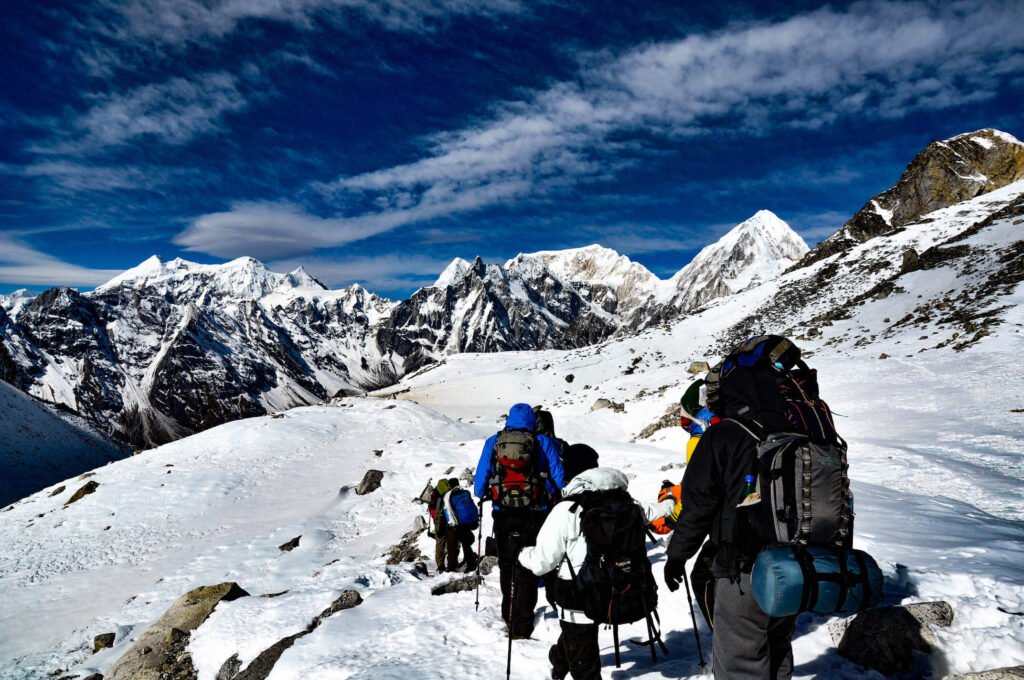
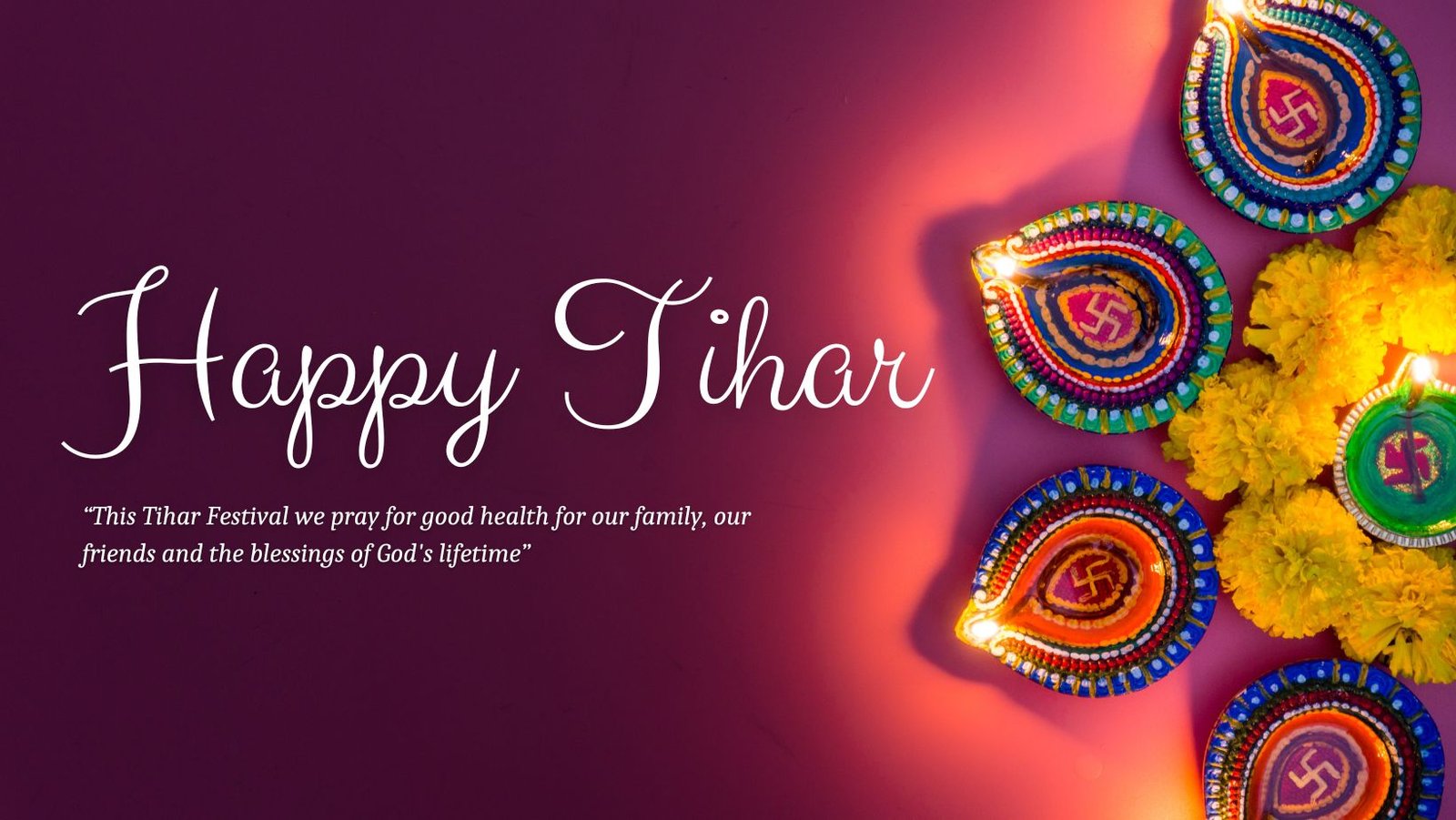
There are no reviews yet.